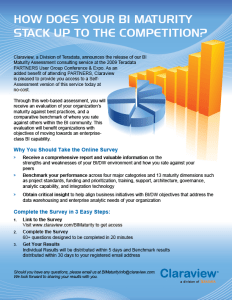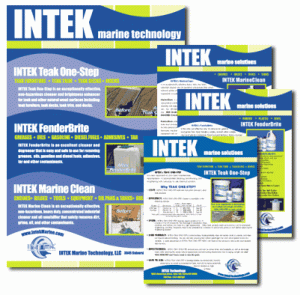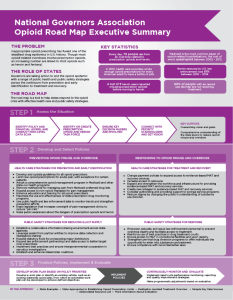When it comes to computer graphics, there are a lot of programs available for creating, manipulating, and saving image files. Some graphic programs work primarily with bitmap images, some with vector images, and some can work with both (or a combination thereof). Although images can be created and saved in different programs and can have different file types or extensions, when it comes right down to it, all digital images are classified as either vector images or bitmap images.
In very general terms, the difference between bitmap and vector images is in how the computer reads and displays the image. Each type has advantages and disadvantages. Which format will work best depends on how you plan to use the image.
Bitmap Images:
The most common image type is bitmap. All scanned images and images from digital cameras are bitmaps. Web images are almost always bitmaps.
Bitmaps, sometimes called rastor images, are based on individual pixels that are mapped to a grid. The overall size of the grid is determined by the image’s resolution.
So what’s a pixel? A pixel (or Picture Element) is simply a dot of color. When you put all of the pixels (or dots of color) together, you get the full image. A 100 x 100 pixel bitmap image is actually comprised of 10,000 individual pixels that, when viewed together as a whole, make up the image.
Since bitmaps are dependent on resolution, it is difficult to increase or decrease their size without sacrificing image quality. For example, when you reduce the size of a bitmap, you essentially throw pixels away. When you increase the size of a bitmap image by scaling it, you simply make the pixels (or dots of color) larger and easier to see – which can result in a jagged appearance.
Bitmap images are most suitable for photographs and images with complex color variations. They are not easily scalable and often require more computer memory for file storage (i.e. they are often bigger files).
Vector Images:
Vector images are composed of well defined geographical shapes, lines, and curves, essentially points connected by lines of various shapes and sizes which can then be filled with color. Vector images are mathematically derived by the computer and not based on pixels. Vector images are more suitable for logos and illustrations, especially those that require precise measurements.
Because vector images are highly scalable, they are often used to create logos. A vector logo can be easily scaled down to fit on a business card, or scaled up to fit on a tradeshow display, the side of a van or bus, or larger without losing quality. Vector images can also have transparent backgrounds, making them easy to place or layer on top of other graphics. Vector images can be easily converted to bitmaps, but a bitmap image cannot be as easily converted to a vector image.
|
Program |
File Extension |
Bitmap |
Vector |
|
Adobe Photoshop |
.psd |
X |
|
|
Macintosh Quickdraw |
.pct, .pict |
X |
|
|
PNG |
.png |
X |
|
|
Targa Bitmap |
.tga |
X |
|
|
TIFF Bitmap |
.tif, .tiff |
X |
|
|
Windows Bitmap |
.bmp |
X |
|
|
Adobe Illustrator |
.ai, .eps |
|
X |
|
AutoCad |
.dwg, .dxf |
|
X |
|
AutoDesk Draw |
.dwg |
|
X |
|
Corel Draw |
.cdr |
|
X |
|
Windows Metafile |
.wmf |
|
X |




















